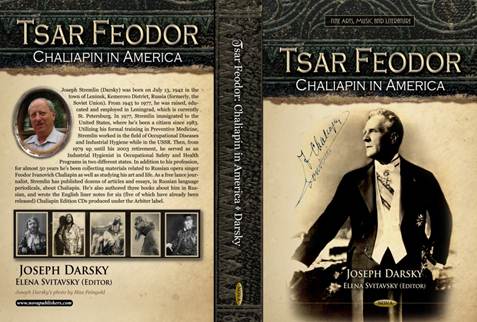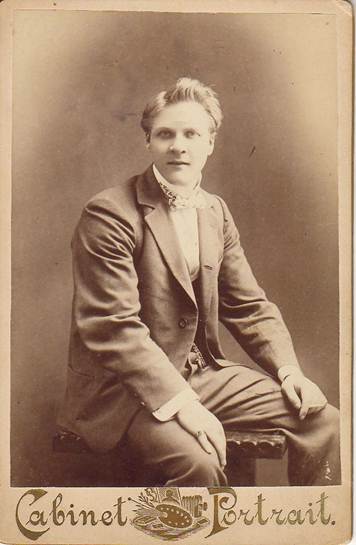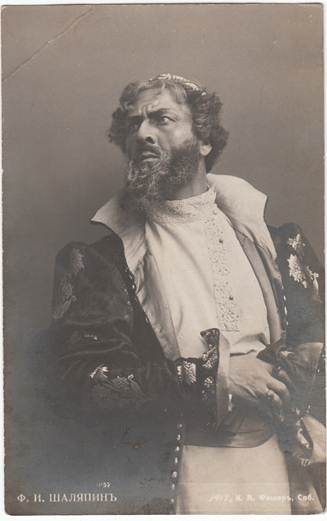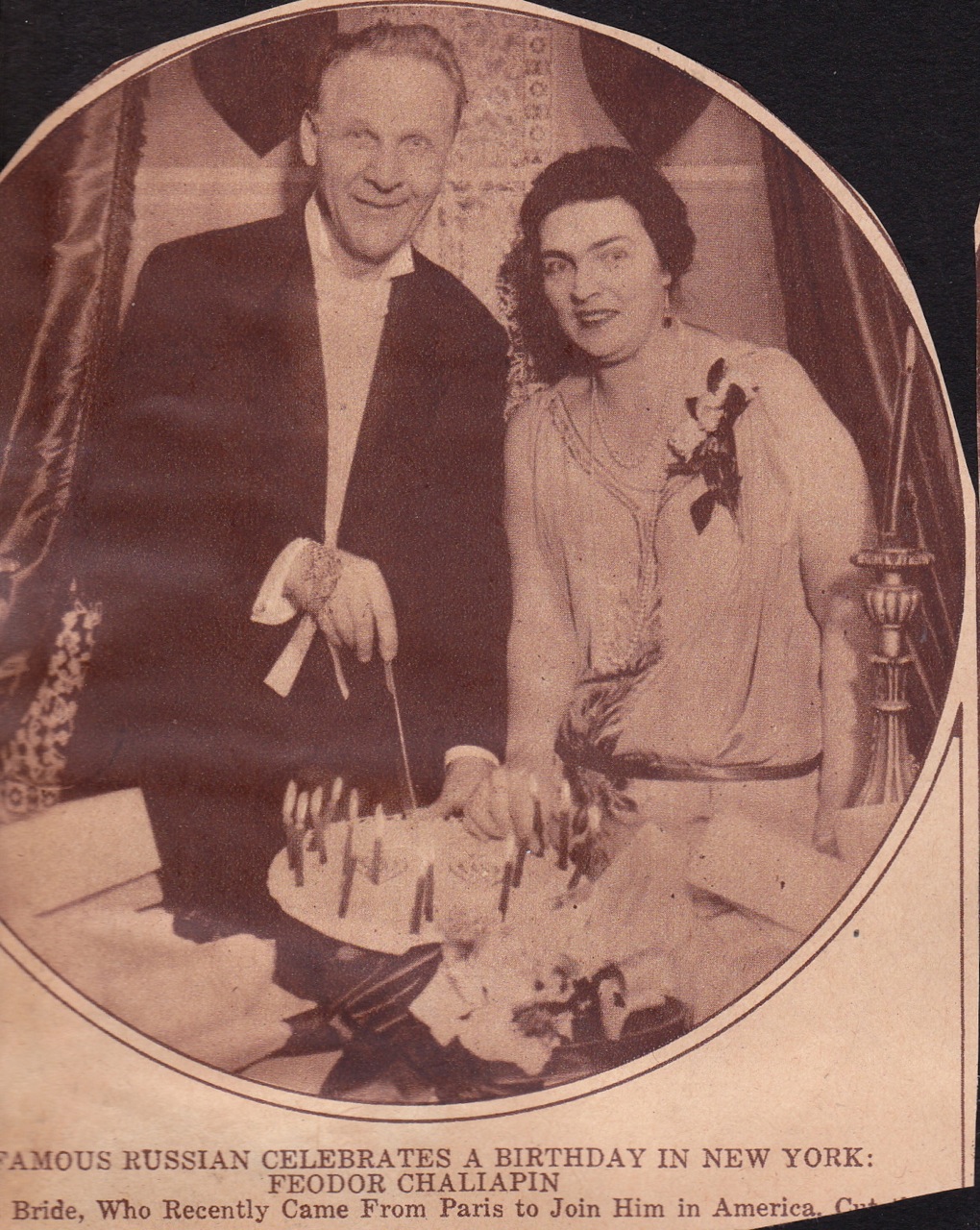USA $140.00

TSAR FEODOR: Chaliapin in America
by Joseph Darsky (Joseph Stremlin)
336 pp, Nova Science Publishers, Inc. New York City, 2012
http://www.novapublishers.com
USA $140.00

Full disclosure: Joseph is a friend and I was privy to his manuscript at an early stage and offered suggestions, and I am so acknowledged. This essay is not a review in the usual sense, but rather an explanation of the book’s range and quality.
Tsar Feodor: Chaliapin in America is a comprehensive telling and analysis of an important phase of Chaliapin’s amazing career; after all, he is considered by most opera historians one of the most influential and creative operatic artists of the Twentieth Century. Darsky has spent a lifetime searching for “everything” even remotely connected with Chaliapin. He researched his subject from the first part of his life in the Soviet Union and the last thirty-plus years as a citizen of the United States. He is on good terms with the extended Chaliapin family, from both wives, their children, grandchildren, and I believe great grandchildren, many of them scattered all over the world.

Given the state of publishing in this day and age, the few publishers left of opera singer books did not engage this title; Joseph was fortunate to find a publisher of science books, Nova, who embraced this important work. This book carries a hefty price, USA $140, often discounted online, that will unfortunately dampen sales, but those who deeply care about Chaliapin will gladly purchase this important book.
Why is the book important? It is not only a thorough recounting of Chaliapin’s great USA opera and concert career, but Darsky accounts for all his time in the USA. For example, if there were four days between opera performances at the Met in New York, we learn that on the in-between days he gave interviews, attended the theatre, met with important personages in the political and artistic worlds, and these events are described with informative detail. As there are so many persons mentioned, and many of their names will not resonate with our time, there is a helpful appendix, by chapter, identifying these personalities.
 <
<
Chaliapin had a complicated family life and there is great detail about his wives, the children from both, rumored lady friends, and the inevitable intrigues surrounding these relationships. Also, as Russia’s greatest and most famous artist was living in the West, there were the inevitable political machinations; Darsky has located rare Russian and Soviet documents, many only recently made public, that detail the Soviet’s serious, but unsuccessful, efforts to bring Chaliapin back to the homeland. American reporters constantly questioned him about his feelings about the Soviet Union.

An important element in this book is the “texture” of the rich operatic and concert life in the USA in the Twenties and Thirties. Although Chaliapin came to the New York Metropolitan Opera in 1907-08, he was at that time just a very great and somewhat unconventional opera singer with a huge European reputation to uphold, but in the period 1921-1936 he is more than a great opera and concert singer, he had become a transcendent cultural phenomenon. His travels and even his “thoughts” were newsworthy. Darsky is uniquely qualified to explore Chaliapin the man.
Bottom line: this is an important book.
Charles Mintzer